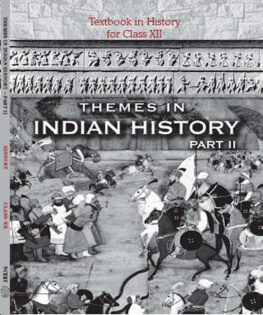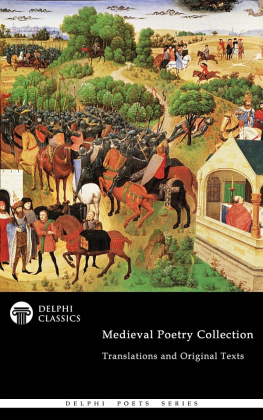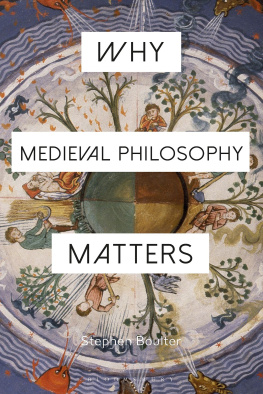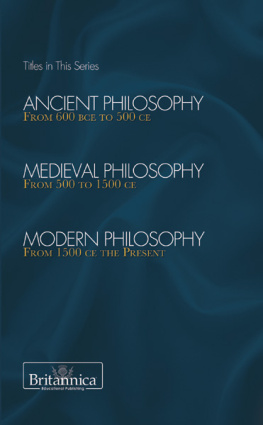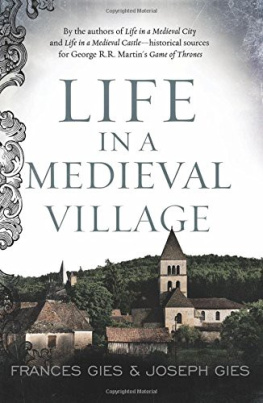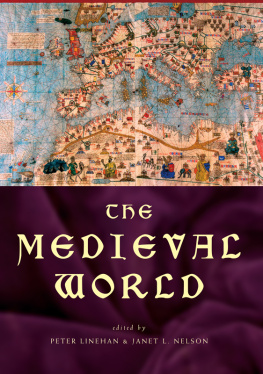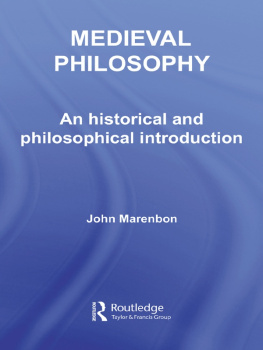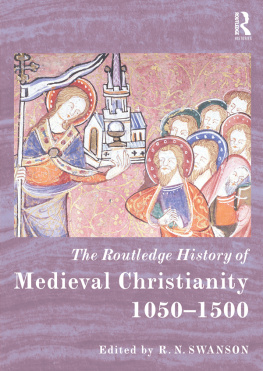ROUTLEDGE LIBRARY EDITIONS: THE MEDIEVAL WORLD
Volume 30
GOLD WAS THE MORTAR
GOLD WAS THE MORTAR
The Economics of Cathedral Building
HENRY KRAUS
First published in 1979 by Routledge & Kegan Paul Ltd
This edition first published in 2020
by Routledge
2 Park Square, Milton Park, Abingdon, Oxon OX14 4RN
and by Routledge
52 Vanderbilt Avenue, New York, NY 10017
Routledge is an imprint of the Taylor & Francis Group, an informa business
1979 Henry Kraus
All rights reserved. No part of this book may be reprinted or reproduced or utilised in any form or by any electronic, mechanical, or other means, now known or hereafter invented, including photocopying and recording, or in any information storage or retrieval system, without permission in writing from the publishers.
Trademark notice: Product or corporate names may be trademarks or registered trademarks, and are used only for identification and explanation without intent to infringe.
British Library Cataloguing in Publication Data
A catalogue record for this book is available from the British Library
ISBN: 978-0-367-22090-7 (Set)
ISBN: 978-0-429-27322-3 (Set) (ebk)
ISBN: 978-0-367-20940-7 (Volume 30) (hbk)
ISBN: 978-0-429-26429-0 (Volume 30) (ebk)
Publishers Note
The publisher has gone to great lengths to ensure the quality of this reprint but points out that some imperfections in the original copies may be apparent.
Disclaimer
The publisher has made every effort to trace copyright holders and would welcome correspondence from those they have been unable to trace.
GOLD WAS THE MORTAR
The Economics of Cathedral Building
Henry Kraus
First published in 1979
by Routledge & Kegan Paul Ltd
39 Store Street,
London WC1E 7DD,
Broadway House,
Newtown Road,
Henley-on- Thames,
Oxon RG9 1EN and
9 Park Street,
Boston, Mass. 02108, USA
Filmset and printed in Great Britain by
BAS Printers Limited, Over Wallop, Hampshire
1979 Henry Kraus
No part of this book may be reproduced in any form without permission from the publisher, except for the quotation of brief passages in criticism
British Library Cataloguing in Publication Data
Kraus, Henry
Gold was the mortar.
1. Cathedrals France Design and construction Finance
I. Title
338.43HD9715.F7278-40526
ISBN 0-7100-8728-4
Contents
Illustrations
Paris
Amiens
Toulouse
Lyon
Strasbourg
York
Poitiers
Rouen
The research that was required for this book was facilitated by grants from the Bollingen, Chapelbrook and Samuel H. Kress Foundations. Obtaining this aid was made possible by the generous endorsements of Professors Harry Bober of New York University, Albert Elsen of Stanford University and Meyer Schapiro of Columbia University, all of whom expressed a continuing, warm interest in the work, especially as it appeared in parallel writings published by the Gazette des Beaux-Arts. Professor Schapiro also read the typed manuscript of the book and his suggestions were extremely helpful.
The author and publishers are grateful to the following for permission to reproduce the figures listed: Roger-Viollet, Paris, is an engraving from P. Langlois, Histoire du prieur du Mont-aux-Malades-ls-Rouen, 1851.

Medieval Strasbourg
THE CATHEDRAL AND THE PEOPLE
The cathedral towered over the medieval city, but the people were not cowed. It was their church, they had helped erect it, with their sinew, with their wit, with their farthings and their pounds.
They were one, too, with its spiritual message, its offer of salvation, its promise of eternal bliss.
That, though, was not the whole content of their thought or striving. The engraving reflects the wider boundaries of their interest: their city hall, their treasury, their hospital.
And still the medieval church reached man in every phase of his experience. The contact may have been benign, it may have been bitter. The cathedrals varying splendour would mirror the conditions of this relationship.
This is a book about the creation of eight cathedrals, but it is not their detailed building history. Excellent monographs are available for most of them as well as specialized technical, stylistic or iconographic studies. The book does not attempt to assemble or update these data either, though it makes frequent use of their information.
To say that the book is about the financing of the eight cathedrals would risk giving a very limited notion of its scope or interest. And yet there have been exciting books written in modern times about the creation of a personal fortune. A medieval cathedrals monetary adventures are often far from dull.
The noblest monuments repeatedly got entangled in problems about money. A cathedral was terribly costly, a truly stupendous financial undertaking for its time. Lack of funds could lengthen the building period inordinately, stretches of three hundred years or more being on the record. Steady availability of finance might, in contrast, reduce the construction time to as little as seventy-five. Chartres, a prodigious exception, was done in thirty-five.
Many things could affect the readiness of money, and it is with the examination of this subject that the book essentially deals. Anything that advanced or hindered a cathedrals progress was of interest to it. It will probably surprise the reader to discover the wide range of factors that was involved, which reflects the vast importance of the church and its cathedral in medieval life.
This book is by no means unique in concerning itself with the financing of great churches. Every serious monograph of a cathedral makes some attempt to dig out the more substantial sources of its building funds. But it is not enough to put the questions: What? Who? When? For all the important answers will not then be forthcoming. We must also ask: Why? Without a doubt, it is this books leading interrogation. Works that pose it consistently, it must be said, are rare.
By focusing this work on French monuments, it has been possible to study their building records against Frances broad historic backdrop. The creation of the cathedrals coincided with that countrys greatest national surge and was inevitably favoured by it. Churches in the territories conquered by the French often experienced the opposite fate. Thus, the building of the cathedrals of Poitiers and Toulouse was impeded by the subjugation of their domains.



